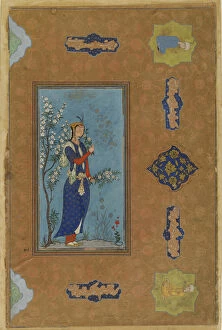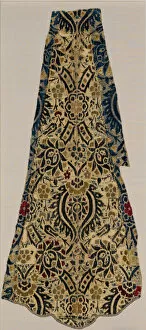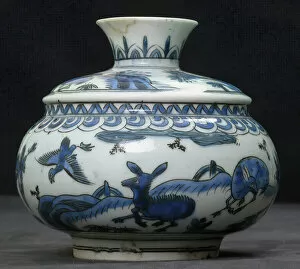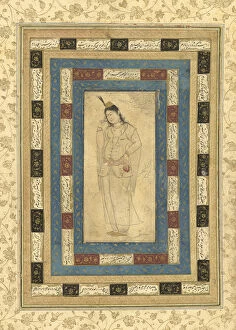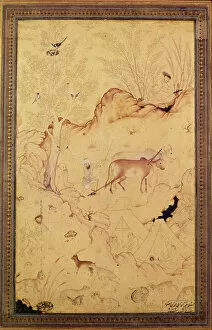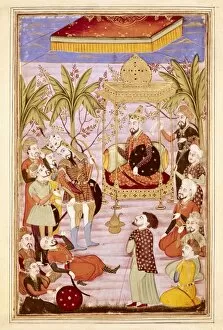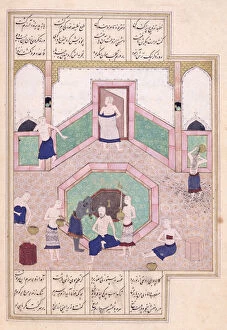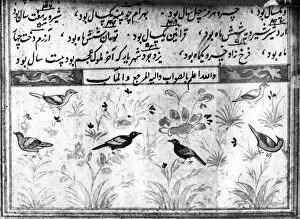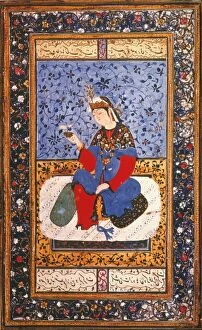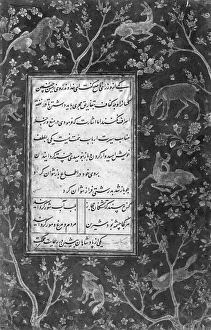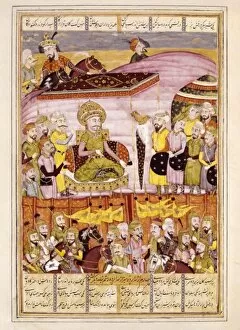Safavid Collection (page 5)
The Safavid dynasty, known for its rich cultural heritage and artistic achievements
All Professionally Made to Order for Quick Shipping
The Safavid dynasty, known for its rich cultural heritage and artistic achievements, left behind a remarkable legacy that is beautifully depicted in various Persian manuscripts. One such manuscript from 1650 showcases the opulence of the Safavid court, offering a glimpse into their grandeur. Among these manuscripts is the Shahnameh, also known as The Book of Kings. Dating back to the 16th century, it narrates epic tales like Sohrab's tragic story and Kay Kavus' adventures. These captivating illustrations bring these legendary characters to life and transport us to a bygone era. Another masterpiece from this period is a poem book by Hafez-e Shirazi. Its exquisite illustrations capture not only the beauty of his poetry but also provide insights into daily life during the Safavid era. One cannot overlook Mohammad on Horseback, an enchanting Persian miniature that showcases both artistic finesse and historical significance. This artwork serves as a testament to the importance of horses in Persian culture. Naghsh-e Jahan Square in Isfahan stands as an architectural marvel built during this time. With its stunning Shah Mosque at one end, it reflects the grandeur and magnificence associated with Safavid architecture. In addition to artistry and literature, history comes alive through depictions like Rustam kicking back Bahman's rock from Shahnama (Book of Kings). This scene captures Rustam's bravery while highlighting his role as a national hero within Iranian folklore. Lastly, we have Hasht Behesht -the Eight Paradises- garden palace; an embodiment of paradise on earth created by Safavids. Its intricate design elements showcase their love for nature and aesthetics while providing solace amidst lush greenery. The Safavid dynasty remains etched in history through these mesmerizing artworks that continue to inspire awe even today.


